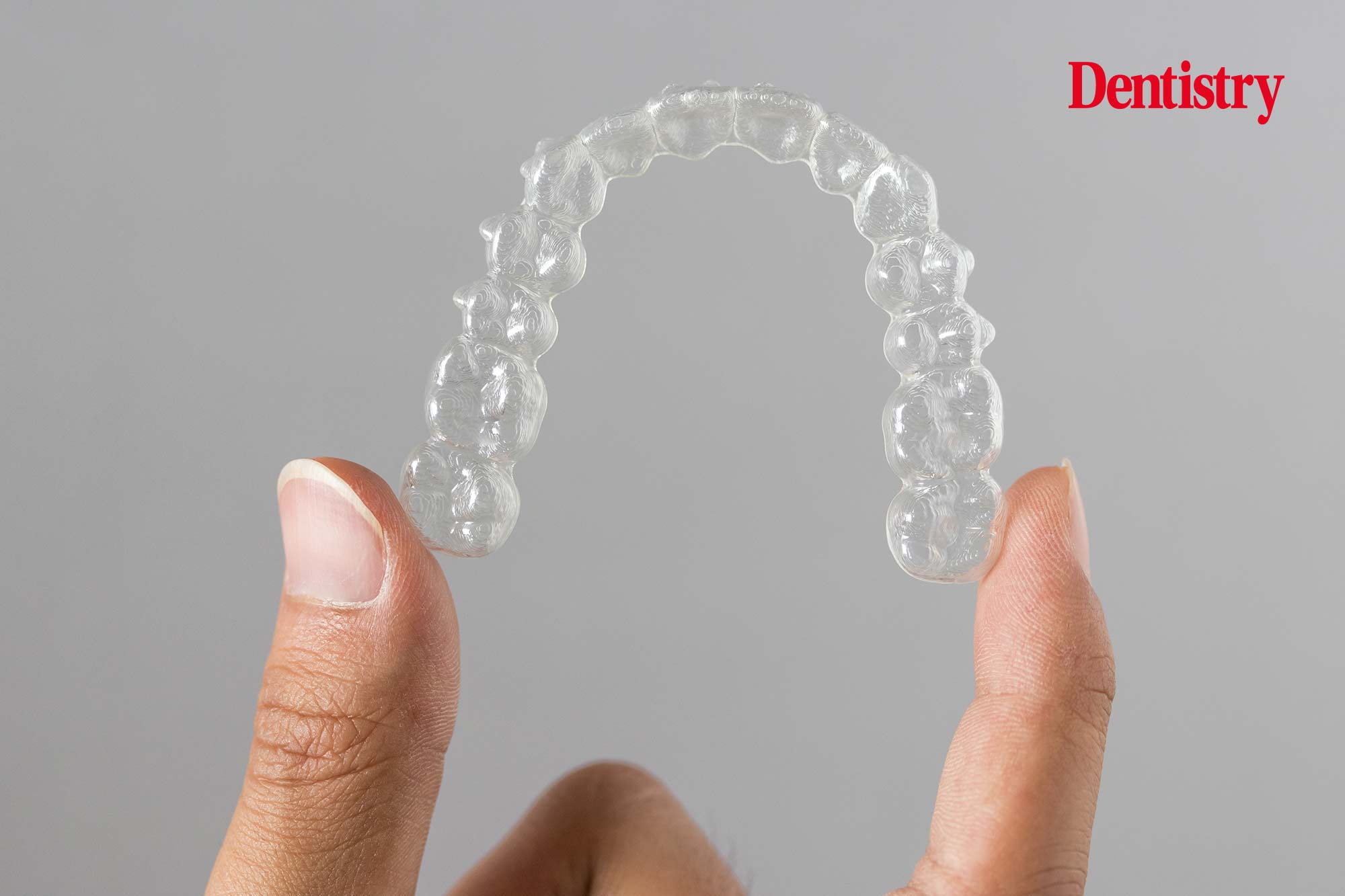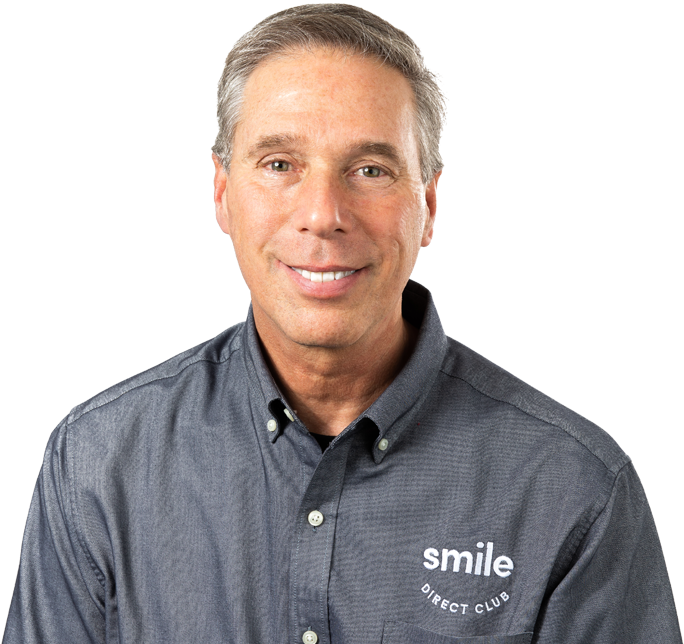 Dentistry.co.uk sent Smile Direct Club some questions on the necessity of in-person dental appointments and the safety of its treatment. Here’s what its chief clinical director, Dr Jeffrey Sulitzer, had to say.
Dentistry.co.uk sent Smile Direct Club some questions on the necessity of in-person dental appointments and the safety of its treatment. Here’s what its chief clinical director, Dr Jeffrey Sulitzer, had to say.
Do you think teledentistry is the future?
I think teledentistry is the present, and we will only see adoption continue to grow in the years to come as more practices come to understand the benefits. The pandemic increased acceptance of telehealth and as a safe means to provide continuity of care.
Smiledirectclub is a teledentistry pioneer for our application of the technology, not just for patient in-take, screening, and consults. Teledentistry can make every visit more efficient and productive while maintaining the same standard of care that is required in a brick-and-mortar practice, and that is appealing to both dentists and their patients.
How do you ensure patient safety when you are dealing remotely with patients?
First, it’s important to understand that Smile Direct Club does not treat ‘patients’. Smiledirectclub is a next generation oral care company that provides non-clinical administrative dental support organisation (‘DSO’) services, including its telehealth platform, to a network of dental practices across the country and their affiliated registered dentists and orthodontists seeking to provide clear aligner treatment through a telehealth platform.
All clinical decisions are made solely by these UK registered dentists and orthodontists – not Smile Direct Club.
We are pleased that more than 1.8 million people have successfully used Smile Direct Club’s telehealth platform to access teeth straightening services. As with all orthodontia, there are inherent risks.
Notwithstanding these risks, clear aligner therapy has been proven to be a safe and slow-moving process, and at any point during treatment if the customer is not satisfied with their progress, they may simply stop wearing the aligners and their teeth will gradually shift back to where they naturally were – just like when one doesn’t wear their retainer after traditional orthodontia.
Telehealth platform
This is reversible and non-invasive treatment. In fact, one study found that orthodontic relapse occurs in almost 80% of orthodontic treatment (Chung How Kau, 2017) while another study found that relapse can occur in approximately 70% of cases after orthodontic treatment (Sadowsky, 1982).
Additionally, the dentists and orthodontists who use Smile Direct Club’s telehealth platform and DSO services focus their treatment on the condition of mild to moderate crowding and spacing of teeth.
For cases that are too complex or cannot otherwise be treated using the Smile Direct Club telehealth platform, Smile Direct Club’s network of affiliated dentist and orthodontists inform these customers that they are not viable candidates or that they require further diagnostic testing and/or clearances before they can proceed with treatment using a telehealth platform.

What are some of the challenges you have to overcome?
All disruptive businesses face challenges. For Smile Direct Club, our challenges have centred around a lack of understanding of our telehealth model but things are changing.
Our industry affiliations and memberships continue to grow, telehealth adoption is increasing, copycat brands are shuttering, and dentists and orthodontists are beginning to embrace virtual tools that are more in line with our model.
We will continue our efforts to educate the industry on the safety and efficacy of our model and the benefits teledentistry can bring to doctors and patients, especially amid these fragile economic times when it’s more important than ever to offer a variety of solutions at all price points.
How do dentists get involved? What is expected of them in their role?
Smile Direct Club provides a telehealth platform through which its network of UK-registered dentists and orthodontists diagnose, prescribe, and treat patients from beginning to end of their teeth straightening journey. This is no different than any other telehealth medical service.
During treatment, the patient must routinely check in with their dentist or orthodontist using Smile Direct Club’s telehealth platform to ensure that treatment is going according to plan and giving the opportunity to refine the treatment should any changes be needed.
The customer and doctor can communicate more frequently as needed or desired by using Smile Direct Club’s telehealth platform options, including email, phone, and video-calls.
Customers may also contact Smile Direct Club’s care team and the highly qualified dental team at any time throughout treatment to get answers to commonly asked questions or to be connected with their treating dentist or orthodontist.
Unlike traditional dental and orthodontic practices which have limited office hours, Smile Direct Club’s customer care and dental teams provide customers with unprecedented 24/7/365 access to care.
Patients of Smile Direct Club are given the option to scan their teeth at home, without the need to see a dentist in person.
However, the GDC has said: ‘Our view is that for all dental interventions, this important interaction between clinician and patient should take place at the beginning of the patient consultation.’ This enables the clinician to carry out the assessments necessary for making clinical judgements that ensure the suitability of the proposed course of treatment, that support the prescribed course of treatment, and that address any underlying oral health problems.
Do you believe in-person consultations are non-essential in dentistry?
(See note above: Smile Direct club does not have patients – the company has customers. Treating dentists and orthodontists have patients).
Customers of Smile Direct Club in the UK do not have the option to ‘scan their teeth at home’. Their options include visiting a Smileshop for a high-definition 3D scan or requesting a doctor prescribed impression kit that is then returned to Smile Direct Club’s affiliated dental lab and used to create a 3D image of their smile.
Both approaches have been used in the field of dentistry for decades.
Regardless of how a customer elects to begin treatment, the UK-registered treating dentist or orthodontist reviews all of the patient information collected.
This includes medical and dental history, 3D scans of the mouth, intra and extraoral photos, chief concern, patient comments, and any additional records or clearances they deem necessary to assess, diagnose and/or treat the patient according to the standard of care.
They will customise a treatment plan only if that doctor has deemed the patient appropriate for clear aligner treatment using a telehealth platform. Once approved, the draft treatment plan is sent to the patient before treatment begins.
We believe the necessity of in-person consultations are the sole discretion of the treating dentist or orthodontist and should be made on a case-by-case basis.
Many UK dentists approach Smile Direct Club with caution and scepticism over its safety. How would you respond to this?
We welcome the opportunity to discuss and educate dentists on our model and address the myths they may have heard about Smiledirectclub.
Any time new technology is introduced to a category there may be misunderstandings about how it works and is administrated. That said, there is no clinical evidence that treatment through our platform is not safe and effective.
Moreover, the one clinical study that is out there confirms that treatment using the Smile Direct Club platform is as safe and efficacious as traditional methods.
The more than 1.8 million happy customers we have been able to help get treatment confirms that study.
References
Chung How Kau. A commercial available tooth positioner for the treatment of simple orthodontic relapse. 2017. Clinical trials.gov/ct2/show/NCT03332082
Sadowsky C, Sakols E. Long-term assessment of orthodontic relapse. Am J Orthod. Dec;82(6):456-63.
Follow Dentistry.co.uk on Instagram to keep up with all the latest dental news and trends


